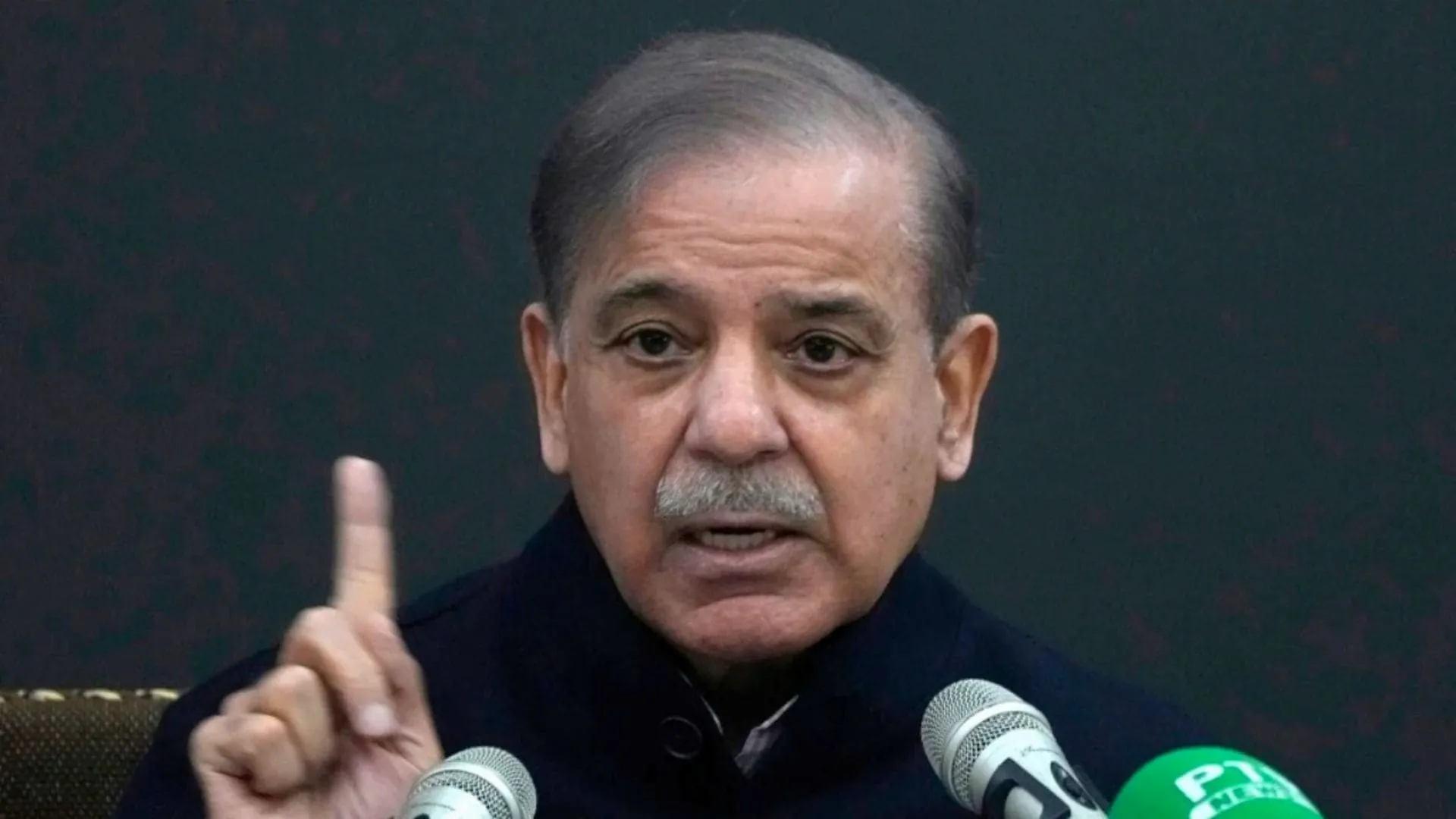The increasing emissions of carbon and decreasing fossil fuels have started threatening the future at an alarming rate and the heavy contribution of the automotive industry towards the same has raised concerns that should have been brought up a long time ago. But is there any way back from this? As India commits to achieving Net Zero Carbon Emissions by 2070, switching the burden to a cleaner and renewable fuel perhaps provides the solution and Electric Vehicles (EVs), the coming of a new age technology in one of the most lucrative industries seems to be handling this quite well.
Governments are recognizing the need of devising and implementing policies which would encourage not only the people to take up this technology but also the manufacturers to manufacture the same. However, are these policies effective enough to bring about a change?
UTTAR PRADESH NEW ELECTRIC VEHICLE MANUFACTURING AND MOBILITY (NEVMM) POLICY, 2022
The Indian Automotive Industry is the 4th largest in the world and is on the road to become the third largest by the end of 20301, which is self-sufficient in providing with a belief that this industry is growing at a rapid speed and the conventional source of energy won’t be able to cater to our sustainable future needs. Hence, derives the need of adopting to a new source of energy that can fuel the automobiles. Over the last 3 years, the demand of Electric Vehicles has shot up with India witnessing registration of over 0.52 million EVs. Keeping in mind the increasing concerns of general public towards sustainable development and their desire to opt for eco-friendly vehicles, this upcoming technology is projected to expand at a compound annual growth rate of 36% and cross the estimate of INR 50,000 crore (USD 7.09 Billion) by 2025 and create at least 5 crore jobs by 2030, as projected by NITI Aayog2.
Uttar Pradesh, being one of the most populated states of Union of India, witnessed the largest sale of Electric Vehicles across all the segments of the automobile industry in 2021 reaching a sale of 66,7013 vehicles and has understood the need of recognizing this concern. Acting on the growing need, they have drafted a new EV policy passed by the cabinet in mid-October, which is being referred to as Uttar Pradesh New Electric Vehicle Manufacturing and Mobility Policy (UPEMMP), 20224 (‘Policy’), to be implemented for the next 5 years (once effective) while nullifying the old policy on the same subject matter drafted in 20195.
The Policy aims at promoting adoption of cleaner and sustainable mobility solutions and infrastructure in the state and become the leading state for Electric Vehicle. It also endeavours at making UP a preferred investment destination globally by providing incentives to buyers/manufacturers and providing adequate facilities for production, maintenance, R&D, innovation and skill development.
The policy makers aim to achieve the aforementioned by focusing on the key areas for promoting EV industry, including – charging facilities, EV production, and adoption by the public by providing special
emphasis on factors including affordability, convenience, technology and awareness6, which could be considered as the pillars of this whole Policy.
POLICY W.R.T. CONSUMERS:
In the legislative assembly proceedings, it was clearly highlighted that the Policy is aimed at supporting the consumers and shall be beneficial for the buyers of the Electric Vehicle.
The Policy adopts various techniques, such as providing various subsidies and financial incentives to customers, in order to influence them towards zero-carbon emitting vehicles. These incentives and subsidies include, but are not limited to:
• Providing 100% exemption from registration fee and road tax for EVs purchased and registered in UP over a period of 3 years.
• Providing extension of two-years tenure of these subsidies on registration fee and road tax for EVs manufactured, purchased and registered in the state.
• 15% financial incentive on all electric automobiles will be provided through the dealer for one year from the date of notification, although capping the number of vehicles on which it will be applicable.7
Alongside these subsidies and financial incentives, the government of Uttar Pradesh has also been dedicated towards creation of green routes in cities and suitable peri-urban areas for promoting EV in 17 cities with municipal corporation. They also aim at converting all the public transport into Electric Vehicles and achieve 100% transition by 2030.8
These prospects drafted in the upcoming policy is projected to have a major impact on the sales and growth of the Electric Vehicles on the roads of UP, as these subsidies and financial incentives which the government is providing to the general public would most certainly lead the masses to consider purchasing Electric Vehicles, that are rather expensive owing to the new and expensive technology when compared to the traditional cars/vehicles should be available at a discounted rate.
POLICY W.R.T. MANUFACTURERS AND SELLERS:
We all are aware of the economics of demand and supply and how it works. Hence the drafters did consider the view of the producers, manufacturers and facility providers and promised subsidies to them too, who might recognize the growing capacity of this industry and the profitability which might increase multi-fold on YoY basis, in order to boost the EV production and ensure that the Policy drives as anticipated.
Using the case studies of other states and cities, the state of UP realized that the charging facilities play a pivotal role in promoting the usage of Electric Vehicles in the automobile industry and hence they devised a roadmap to facilitate that adequate swapping/charging facilities are present across the state. They devised that the State Government shall promote creation of charging facilities in a grid of 3km x 3km cities and urban areas and in every 25kms along Expressways/Highways.9
Similarly, to promote the manufacturers of the Electric Vehicles to increase the production, the government of the UP aims at:
• Promoting the EV cluster
.
• Providing adequate land to the manufacturers for production
• Simplifying the legal obligations of setting up the production plant and fulfilling the standards of productions
• Providing tech assistance for better R&D, and
• Providing higher importance to battery manufacturing.10
UPEMMP AND NATIONAL ELECTRIC VEHICLE MOBILITY MISSION PLAN (NEMMP):
The 7th Schedule of Constitution of India provides with a Concurrent List including matters on which both the National and State Government have the rights to make rules and regulations and govern the topics included in that list. Among the 52 items included in that list is ‘Mechanically Propelled Vehicles’, also referred to as ‘automotive vehicles’. It could be witnessed in the recent days when various government authorities have reflected their interest towards regulating this undermined industry.
Government of India came up with the National Electric Mobility Mission Plan (NEMMP) 2020 back in 2013, when they aimed at achieving national fuel security by promoting Electric Vehicles in the country. Under that mission, they set up a very ambitious plan of reaching 6-7 million sales of hybrid and electric cars YoY from 2020 onwards.11 For the success of it, Department of Heavy Industries sketched out a scheme viz. Faster Adoption and Manufacturing of (Hybrid and) Electric Vehicles in India Scheme (FAME) in 2015, whose 1st phase continued till 2019.12 The results however proved to be unsatisfactory, as the project realized only 359 crores of the allotted fund and delivered only 2.8 lakhs vehicles on the road which was far less than the projected plan.13
To overcome this failure, phase 2 of the FAME scheme was launched by the GoI in the year 2019 which will continue till 2024. Realizing the mistakes made in the phase 1, the drafters of the policy aimed at easing the policy and provided a direct benefit transfer (DBT) scheme so that the public at large could clearly visualize the benefits they are receiving and so increase the demand for the same.14
At first glance, we can clearly analyse that the UP policy is very much inspired from the central policy. However, one visible difference which could be seen between these two policies is that UP Government. put aside Rs. 30,000 Crore for their policy, and Indian Government on the other hand only provided Rs. 10,000 Crore for the success of NEMMP.
THE EV DILEMMA:
As much as 16 states have so far come up with their own EV policies and have either finalized it or implemented it in their respective states, with Himachal Pradesh and Punjab announcing the formulation of policies for the same. Most of the states claim their policies to be different and unique in their own way, however, the EV policies of NCT of Delhi and Maharashtra were the ones that stood apart and had more to offer than the regular financial incentives and subsidies as could be witnessed in other policies.
The EV policy of Delhi, for instance, projects at:
• Waiving registration fee for all the electric vehicles until the policy stays in effect
• No-capping as to how many e-rickshaws or two wheelers could claim the financial incentive, and
• Providing additional financial incentives to e-commerce firms if they successfully convert 100% of their fleet into e-vehicles by 2025.15
Meanwhile, most of the other state policies aim at providing financial incentives to the buyers, the EV policy of Maharashtra aimed majorly on providing benefits to the manufacturers and producers of the electric vehicles and creating a hub for the manufacturers.16
The Policy, as highlighted, is based more on the lines of the NEMMP, as it also majorly relies on providing financial incentives and subsidies instead of creating any unique regulation to draw the public towards such a policy, but their projection of creating a hub of electric vehicles in various municipal cities with greater convenience is one of their USPs.
DRAWBACKS:
Rarely has there been any policy which might have not brought any drawbacks with itself and having one would surely mean a win for democracy. But is that day anywhere near? Well, we might not be able to comment on that but surely can argument on the drawbacks the UPEMMP draws with itself.
The UPEMMP, as analysed before, is drawn on the lines of the NEMMP, the central policy to encourage Electric Vehicles in the market and move on from conventional automobiles. However, the central policy itself suffered a major setback in the very first phase of its implementation.
The other prominent drawback in this policy might be the lack of or limited subsidies and financial incentives which are being made available for the consumers and producers of the Electric Vehicles. As being one of the most populous states in the Union of India, providing limited subsidies and financial incentives with the aim of creating UP an EV hub and converting most of the vehicles on road to EV seems to be very far-fetched.
CONCLUSION:
Optimism and reality are the two lenses which play a big role in analysing the efficacy of any policy, and in this case, both seem to be very distant from each other. The UPEMMP is an ambitious policy and is bound to create doubts in the minds of the researchers and analysers. However, being aware of such facts and still sketching out a desirous policy, would definitely create a fascination in the mind of readers, as to how the government aims to achieve it by walking the distance from its implementation to achieving its objectives.
The only possible conclusion which could be drawn to upkeep the promise to create UP an EV hub by 2030 would require the UP Government to keep a check and balance mechanism in place and keep amending the policy time and again to meet the requirements of the never-ending evolving situations in the fastest growing economy.
Ambika Pratiyush is the “Group Legal Head/ General counsel” for the Spark Minda Group- (India’s leading manufacturer of automotive components having Global Presence). Prior to this she was working with Luthra & Luthra Law Offices as a Managing Associate. She was assisted by Aviral Jain, a student pursuing undergraduate degree in Law from Jindal Global Law School.






















